Side effects of using stainless steel cookware in cooking and the kitchen
Many people are aware of air and water pollution and the dangers of household chemicals. Studies currently show that some cookware can also contaminate our bodies. In this section ofSelMagzwe provide several examples of how traditional cooking utensils can be harmful to your health and your family’s health.
Stainless steel cookware:
Stainless steel items are primarily composed of iron and chromium, with varying percentages of molybdenum, nickel, titanium, copper, and vanadium. However, even stainless metals can allow other metals to enter.foodThe main elements in stainless steel can have negative effects on our health because they contain iron, chromium, and nickel.
Stainless metals come in different grades. Stainless metal cookware is made from various alloys, including scrap iron; “green” products made from recycled stainless metals can be radioactive and enter household items without detection.
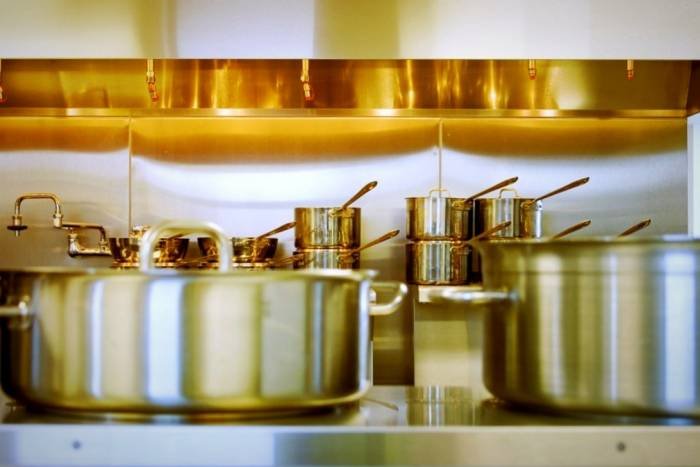
In addition to the radioactive risk, the type of metal used in stainless cookware is not the best for preparing food. Most stainless steel cookware sold in stores contains chromium and nickel, which can leach into food. Chromium and nickel salts can linger in the body and do not break down, potentially causing health issues.
Stainless steel is generally made from alloys containing 18/8 or 18/10 percent of chromium and nickel. The percentages of chromium and nickel in these alloys determine the quality of stainless steel cookware and utensils.
Overall, stainless steel cookware is somewhat lighter and much more durable than iron cookware. The materials used in stainless steel increase its durability, making it resistant to damage from heat, scratching, and wear.
Due to cleanliness and safety, food should only be cooked in stainless steel that is hypoallergenic, corrosion-resistant, salt- and acid-proof.
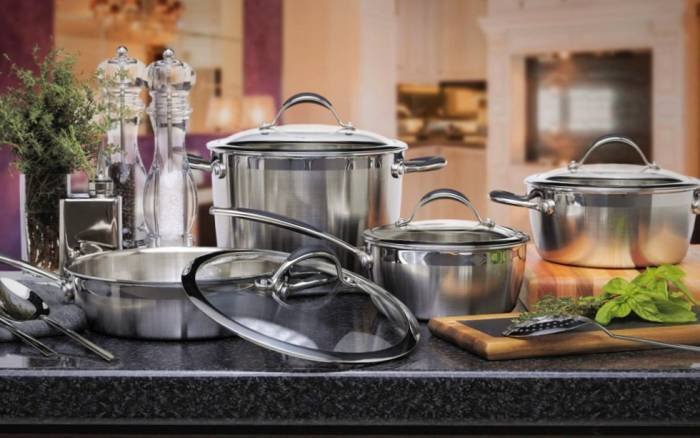
Disadvantages of stainless steel cookware
One disadvantage of stainless steel cookware is its poor heat conduction. Another drawback is that food tends to stick to stainless steel. To prevent sticking, food should be stirred regularly while cooking to ensure even heating and prevent sticking.
Like other metal cookware, stainless steel can alter food compositions if in contact for long periods, or some foods can release metal ions from the cookware that mix with the food. Therefore, it is recommended not to use stainless steel for long-term storage of acidic or salt-preserved foods.
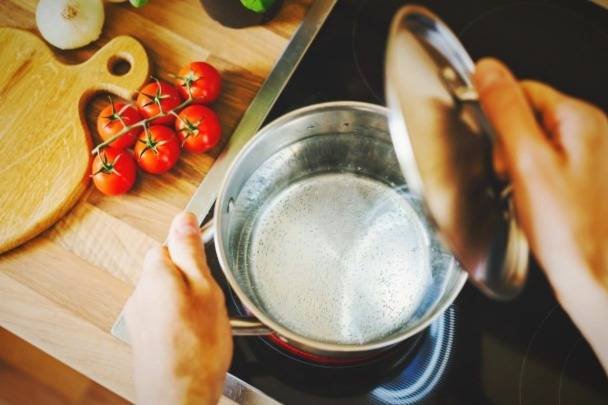
Important tips for buying and maintaining stainless steel cookware:
Whenever possible, purchase products from reputable companies.
Pay close attention to the smoothness and shine of the cookware’s bottom. Over time, the bottom may become damaged, so less damage generally means safer and better cookware.
Handles and grips of stainless steel cookware are very important. When buying, consider the materials used for the handles, screws, or rivets, as these may come in contact with food.
Whenever possible, purchase products from reputable companies.
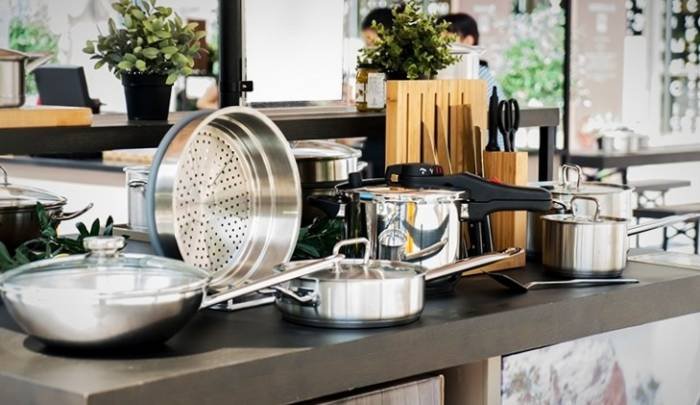
Avoid using stainless steel for long-term storage of salty or acidic foods like meats,tomatoes, plums, beets, pickles, etc.
Do not place stainless steel cookware over a larger flame, nor should it be overheated.
Do not use bleach or steel wool to clean stainless steel cookware.
A hot stainless steel pot should not be immediately placed under cold water or filled with cold water.
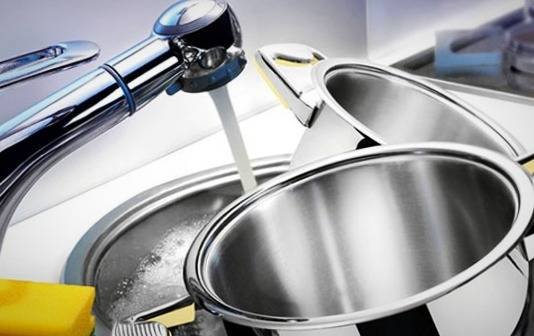
Important note
Some manufacturers of stainless steel cookware use lead in their products. This metal is very dangerous and toxic even in small amounts. Due to the uncertainty of whether lead is used, it is best to limit the use of these items.







